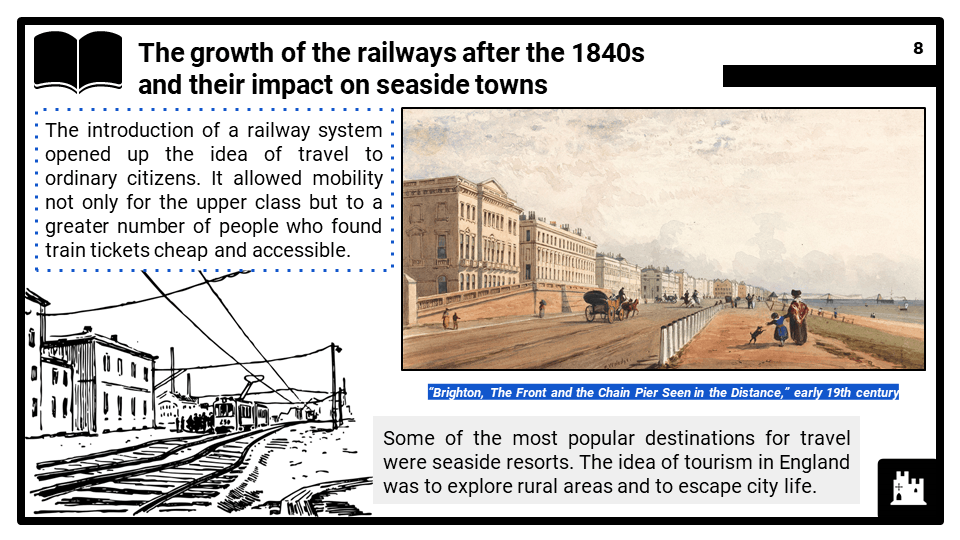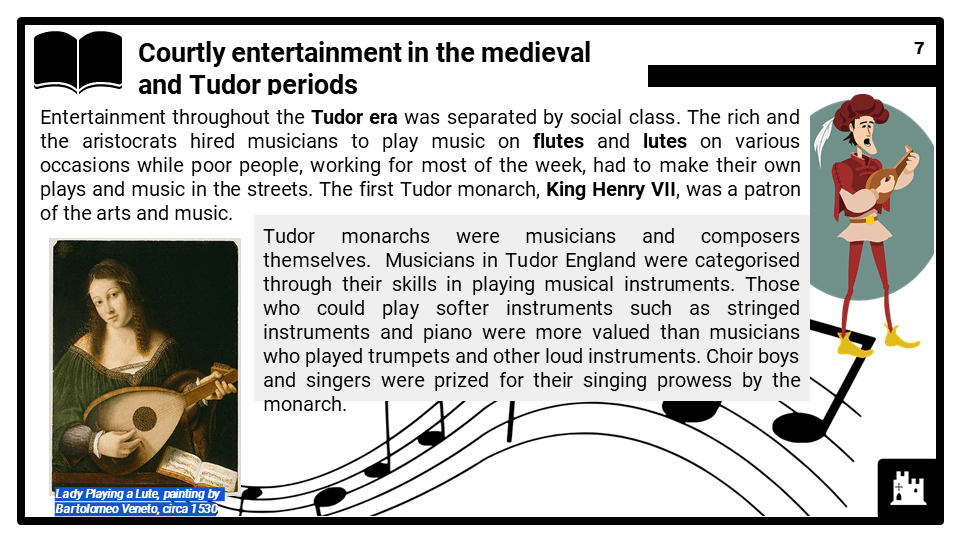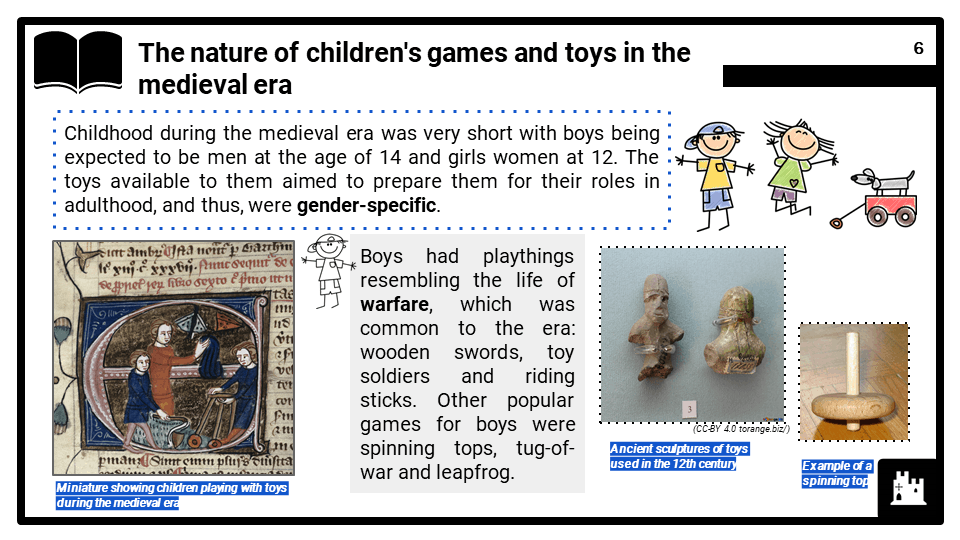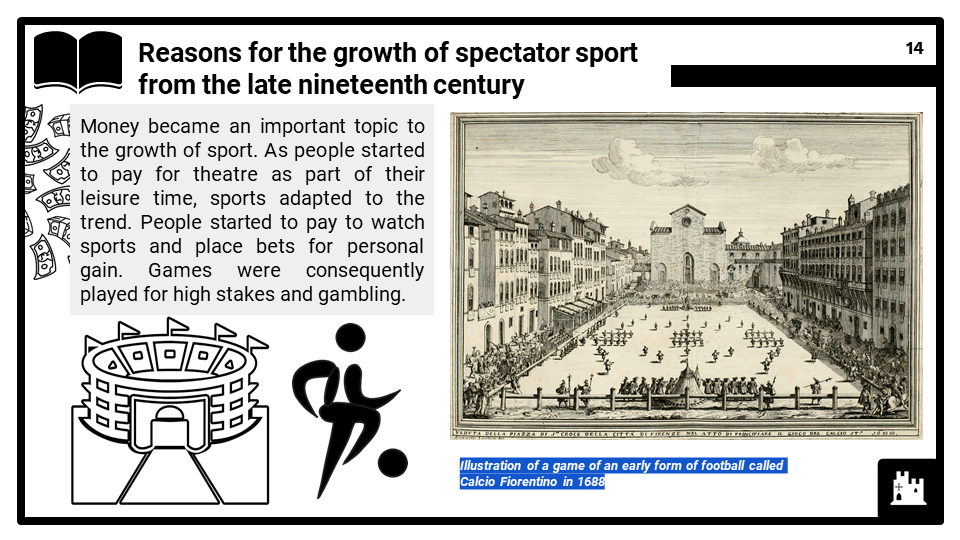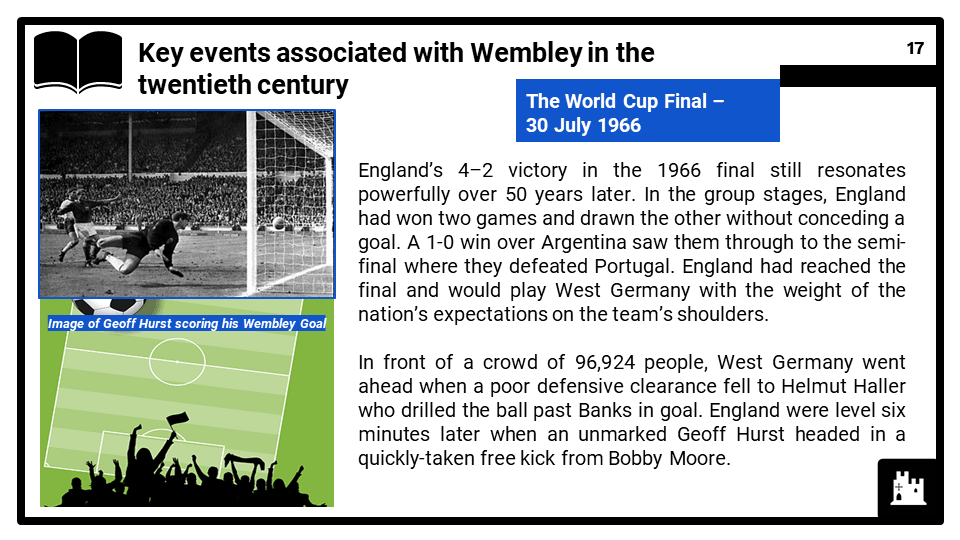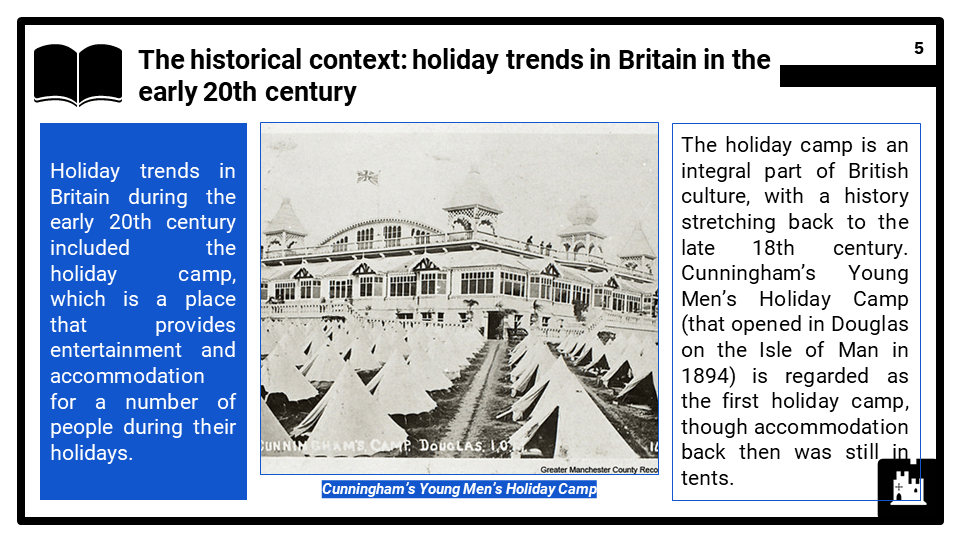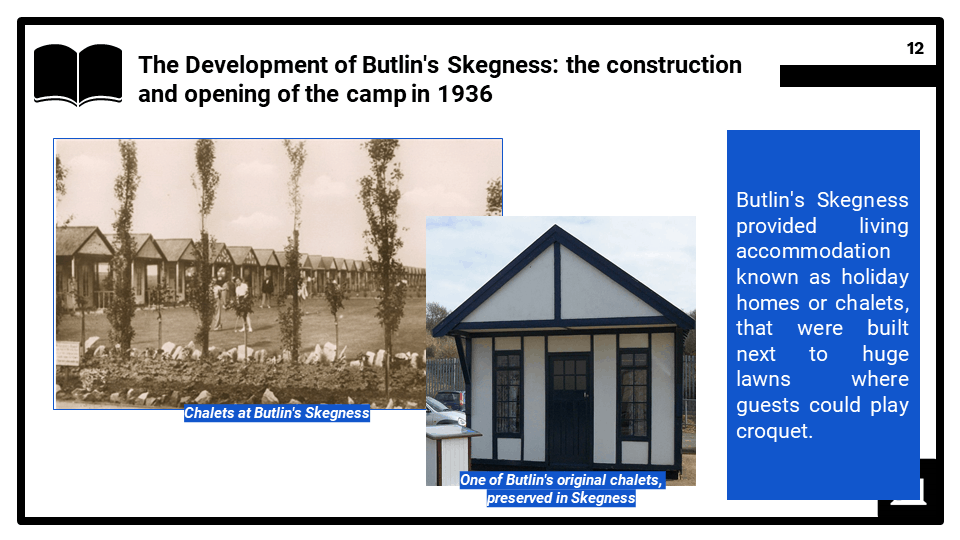Teach any Eduqas module 2H: Changes in Entertainment and Leisure in Britain, c500 to the present day, no prep needed!
Do you want to save dozens of hours in time? Get your evenings and weekends back? Be fully prepared to teach any Eduqas GCSE topic 2H?
Every Eduqas topic 2H is covered, and each module comes complete with:
Eduqas GCSE History Component 2: Thematic Studies
Written examinations: 2 hours (comprising two papers of 1-hour duration each)
50% of qualification 100 marks (plus 6 marks for spelling, punctuation and grammar and use of specialist terms)
In Component 2: Studies in Breadth, learners study one Period Study and one Thematic Study, from eight options in total. This component focuses study on substantial and coherent medium and long timescales. Studies in Breadth will provide learners with the opportunity to study history over longer timescales and consequently understand the changing nature of developments and issues associated with particular periods and geographical contexts. Studies in Breadth will also allow learners to understand change and continuity and similarity and difference across long sweeps of history, as well as the most significant characteristics of different ages. Studies in Breadth will focus study on different historical eras and different geographical contexts. This component encourages learners to develop an understanding of second-order historical concepts in particular, including continuity, change, cause, consequence, significance and similarity and difference.
Component 2: Studies in Breadth
Sub-section: Thematic Studies
Module: 2H Changes in Entertainment and Leisure in Britain, c.500 to the present day
This option focuses thematically on the main trends in the history of entertainment and leisure in Britain from c.500 to the present day. Candidates will be required to consider developments in sport, holidays and travel, theatre, stage and screen, music and dance, children’s entertainment and cruelty in sport and entertainment over time. Candidates will be required to examine the major political, social, economic and cultural perspectives which have contributed to the development of entertainment from c.500 to the present day. In this option, centres should ensure that they focus, where appropriate on the issues of change, continuity, significance and turning points. As part of this option, candidates will investigate a historic site connected with this theme. The required content in italics shows which key features and characteristics of the period must be studied.
Key Questions and Required Content
- Development of sport - What have been the main developments in sport over time?
- Sports for ordinary people in the medieval and early modern eras: tests of strength, agility and endurance; sports for upper classes: medieval jousts and tournaments, hunting in the sixteenth and seventeenth centuries; reasons for the growth of spectator sport from the late nineteenth century; the growth of professionalism in sport in the twentieth century; the influence of sponsorship and the media on sport since the 1950s; opportunities for participation and recreation in the later twentieth century.
- Holidays and travel - How have holiday patterns and travel changed over time?
- Feast days and holy days in the medieval and early modern eras; the development of the Grand Tour in the eighteenth century; the growth of the railways after the 1840s and their impact on seaside towns; greater holiday time: Bank Holiday Act of 1871, holiday pay; new holiday opportunities in the mid-twentieth century: holiday camps, national parks and day trips; holiday patterns after 1970: package holidays, air travel, impact on British holiday resorts by the end of the twentieth century.
- Popular entertainment (theatre, stage and screen) - How was society affected by developments in theatre, stage and screen over time?
- Viking and Saxon sagas; medieval mystery plays and mummers; the popularity of the Elizabethan theatre; the music halls and glee clubs of the Victorian age; the impact of cinema in the 1920s and 1930s; the development of television as entertainment from the 1950s; developments in entertainment technology in the later twentieth century.
- Popular entertainment (sound and music ) - How have musical tastes and dance patterns changed over time?
- Traditional and religious music of the medieval era; courtly entertainment in the medieval and Tudor periods; the development of orchestral and classical music in the eighteenth century; the growth of choirs and brass bands in the nineteenth century; the impact of the radio as entertainment after the 1920s; trends in popular music in the twentieth century: jazz, rock and roll, pop music in the 1960s; changes in listening to music in the twentieth century: live performance, record players, transistor radios, digital music players.
- Children’s entertainment - How have changing patterns in entertainment affected the lives of children over time?
- The nature of children's games and toys in the medieval era; the nature of children's games and toys in the sixteenth and seventeenth centuries; the development of games and toys in Victorian times; the popularity of girls and boys comics in the early twentieth century; the growth of radio and television programmes aimed at children; the popularity of computer-generated games in the late twentieth century; the decline of playing outdoors by the start of the twenty-first century.
- Cruelty in sport and entertainment - Why have blood sports and other forms of cruelty been seen as entertainment over time?
- Medieval hunting as sport; punishments and public executions as forms of entertainment; bull-baiting and cockfighting as popular entertainment in the sixteenth and seventeenth centuries; unregulated bare-knuckle fighting in the eighteenth and nineteenth centuries; the introduction of rules and regulations into sport from the late nineteenth century; the development of the debate over the legality of fox hunting from the 1960s; the role of animal rights and welfare groups in the twenty-first century.
- The historical context and reasons for developing the site
- Key events associated with the site in the twentieth century
- The significance of the site as a venue for entertainment and leisure

